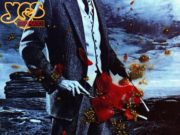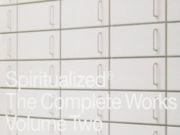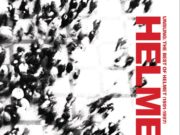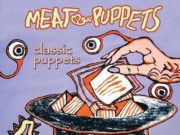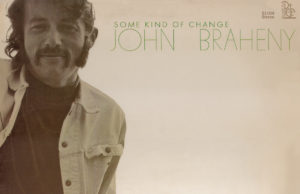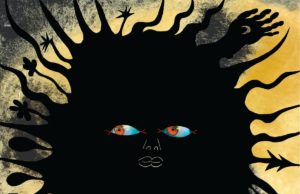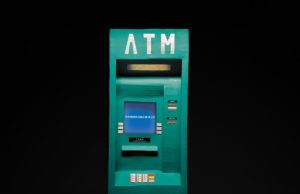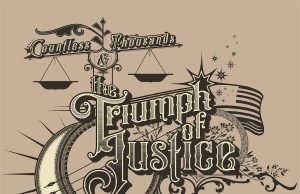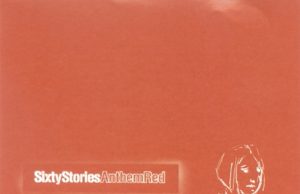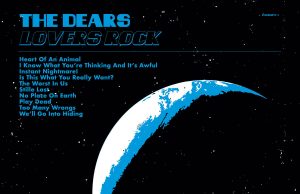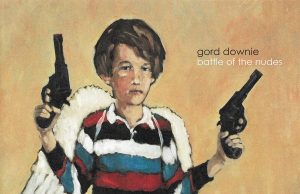THE EDITED PRESS RELEASE: “Berardo Hernández — better known as Manzanita — first surfaced during the psychedelic cumbia craze. At the head of the scene were the magnificent Los Destellos, whose leader Enrique Delgado was such a six-string wizard that other guitarists found it impossible to escape his shadow. But then Manzanita arrived with his electric criollo style, sent shockwaves through Lima’s music scene and posed a serious threat to Delgado’s dominance as king of the Peruvian guitar.
Manzanita had come to Lima from the coastal city of Trujillo, 500 miles up the coast — a place where Spanish, African and indigenous populations had been living and making music together for centuries — and came of age at a time when the first wave of psychedelic rock from the U.S. and U.K. was starting to sweep the airwaves. But the sounds of Cream and Jimi Hendrix disappeared from the radio just as quickly in 1968 when Juan Velasco seized control of the country in a military coup. The new regime, which favoured local traditions over cultural ‘imports’ from the north, was a blessing in disguise for the Peruvian music scene.
Record labels flourished as new bands, raised on a hybrid diet of electric guitars and Cuban rhythms, rushed in to fill the vacuum created by the lack of imported rock. A new genre, known as Peruvian cumbia, was born and Manzanita quickly became one of its most original voices. Starting in 1969, Manzanita Y Su Conjunto released a steady stream of singles that used Cuban guaracha rhythms as the foundation for dazzling electric guitar lines. After countless 45s and several years on the touring circuit, the band signed to an important Peruvian label, and recorded two LPs acknowledged as masterpieces among aficionados of tropical music. Most of the songs on this new compilation are drawn from those legendary sessions.
Although Hernandez scored a few more hits in the later ’70s, his dissatisfaction with the music industry caused him to withdraw from the scene for several years; and when he finally retired for good, the golden age of Peruvian cumbia was a distant memory. But when Manzanita was at the top of his game he had few equals. This is some of the best music ever recorded in Perú.”


